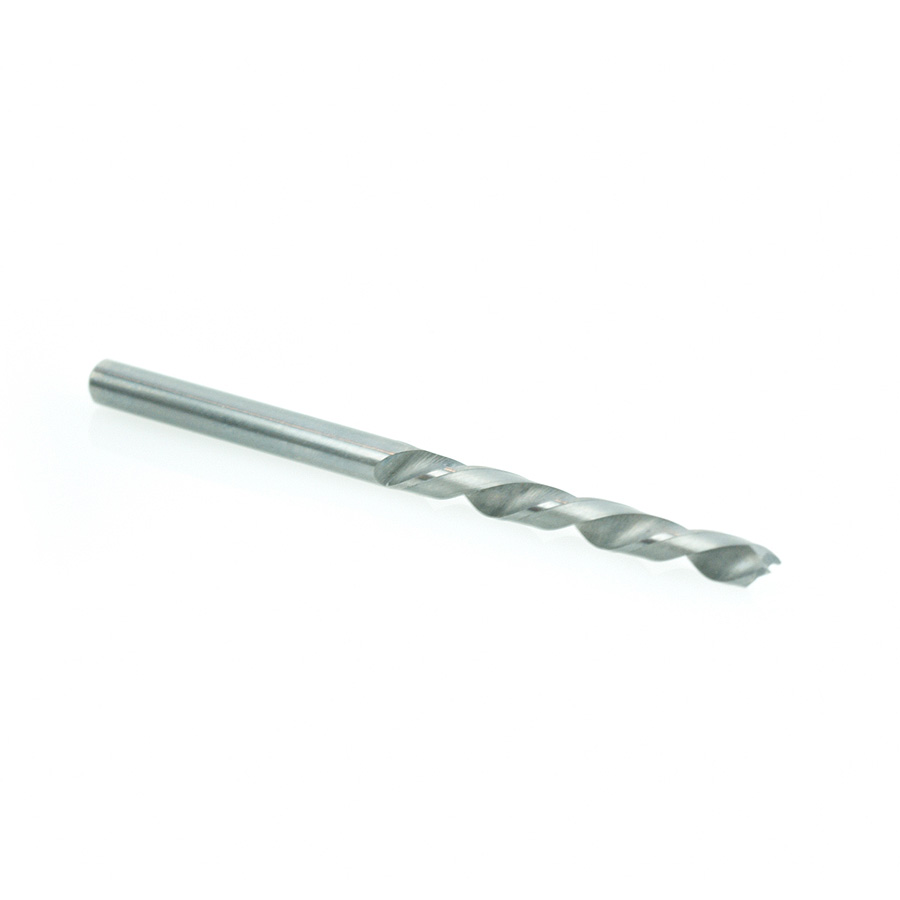

The geometries and coatings required for efficient holemaking in aluminum are far different than those needed for stainless steels, cast irons, and heat-resistant superalloys (HRSA). That leads us to the question: what are the best solid carbide drill bits for metal? As with so much else in the machining world, the answer depends on the type of metal that you're drilling. And although they’re slightly more expensive than their indexable counterparts, these modular tools do an excellent job of straddling the fence between solid carbide and lower cost, less productive alternatives. These present a “full solid front” to the workpiece, eliminating any chance of washed-out pockets or insert movement. The solution for some cutting tool manufacturers has been to develop modular carbide drills. However, the relative softness of the steel body surrounding the carbide inserts can eventually create problems like “chip wash” and pocket deformation, leading to premature insert failure. This provides the wear resistance and higher productivity of carbide drilling, but at a more economical price point. To get around this constraint, some toolmakers offer steel-shank drill bits with brazed carbide tips, or more frequently, so-called “indexable” drill bits.Īs their name describes, indexable drills boast precision-ground carbide inserts that can be indexed to two or more positions. Cutting tool manufacturers have therefore found that carbide drills larger than 3/4" or so in diameter are prohibitively expensive for most shops. That’s because, for all its many benefits, carbide is a fairly costly material. Ironically, it’s the size of the hole that often determines which of these three styles of drill bit to use. But for shops interested in maximizing productivity on their CNC lathes and machining centers, solid carbide, indexable, and modular drill bits are the clear choice.

Granted, some shops have limited holemaking needs, or only drill soft materials like plastic and wood unless they’re looking for greater accuracy or extended tool life, HSS is perfectly fine. Compared to its more modern counterpart-tungsten carbide-HSS operates at roughly one-fourth the cutting speed and far lower penetration rates besides. These all-purpose cutting tools are tough, easy to use, and inexpensive, making them a favorite of maintenance and repair facilities, job shops, and manufacturers faced with a wide variety of workpiece materials.ĭespite this impressive history, there’s just one problem with HSS drill bits: they’re slow. In fact, the first HSS tools were developed more than a century ago, with cobalt coming along not after. Machine shops and metal fabricators have long turned to high-speed steel (HSS) and cobalt steel drill bits for their holemaking needs.


 0 kommentar(er)
0 kommentar(er)
